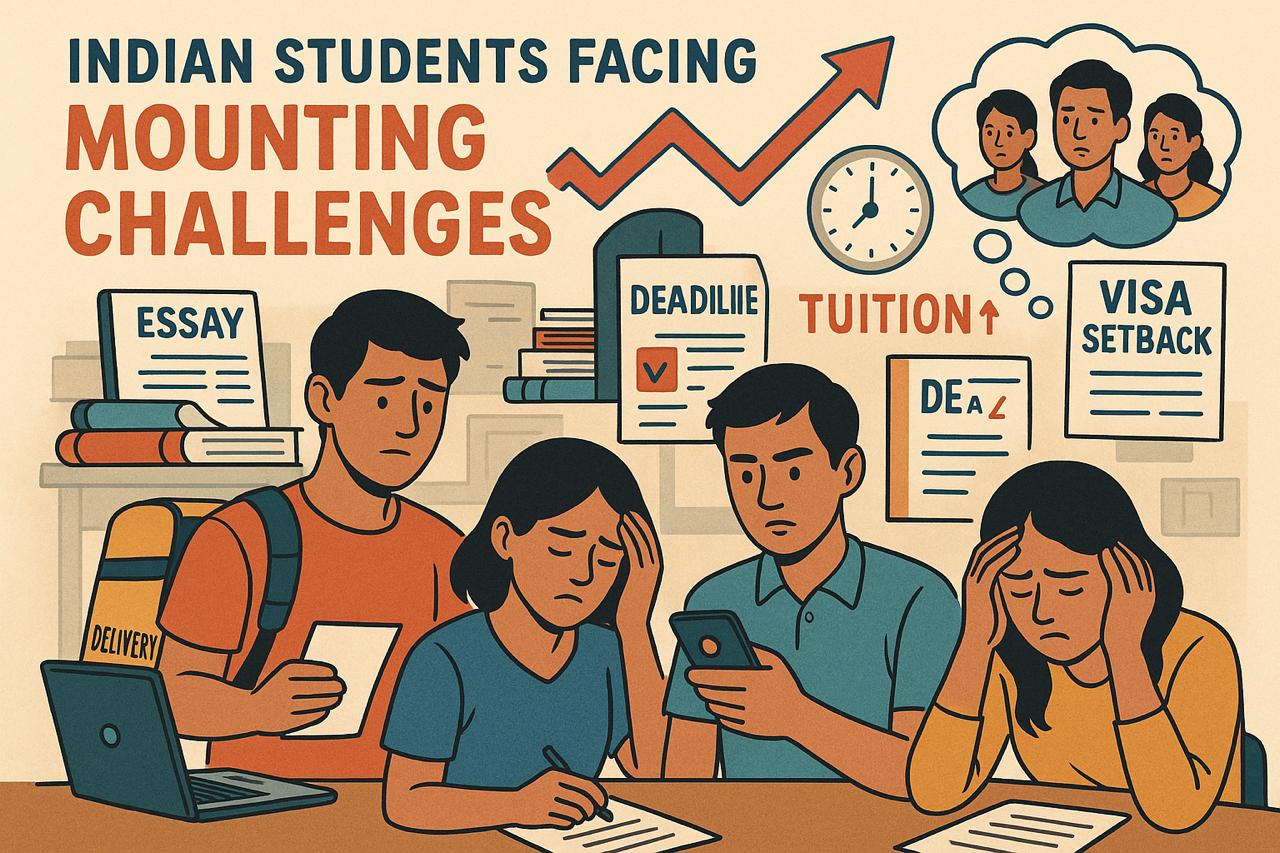Heating disturbed the circular pattern of winds known as the polar vortex. This allowed colder winter weather to flow down to the US
A new study shows that increases in extreme winter weather in both North America and East Asia are linked to accelerated warming of the Arctic. Heating disturbed the circular pattern of winds known as the polar vortex.
This allowed colder winter weather to flow down to the US. One may recall the Texas cold wave in February. In the past four decades, satellite records have shown how increasing global temperatures have had an effect on the Arctic.
Warming in the region is far more pronounced than in the rest of the world, and has caused a rapid shrinkage of summer sea ice.
The authors show that melting ice in the Barents and Kara seas leads to increased snowfall over Siberia and a transfer of excess energy that impacts the swirling winds in the stratosphere above the North Pole.
The heat ultimately causes a stretching of the vortex, enabling extremely cold weather to flow down to the US. There has been an increase in these stretching events since satellite observations began in 1979.
“In Texas, people could have certainly prepared better with better warnings, some people froze to death in their homes and perhaps they could have gone to seek shelter.”
“We’re arguing that melting sea ice across Northwest Eurasia, coupled with increased snowfall across Siberia is leading to a strengthening of the temperature difference from west to east across the Eurasian continent,” explained lead author Dr Judah Cohen, who’s a professor at the Massachusetts Institute of Technology (MIT) and a director of Atmospheric and Environmental Research, a weather risk management company.
“One of the benefits of this study is that if you recognise these precursors and you know the conditions that are favourable for triggering such event, then you get to extend your forecast lead time,” said Dr Cohen.
“In Texas, people could have certainly prepared better with better warnings, some people froze to death in their homes and perhaps they could have gone to seek shelter.”
“There has been a long-standing apparent contradiction between the warmer temperatures globally, however, an apparent increase in cold extremes for the United States and in northern Eurasia. And this study helps to resolve this contradiction,” said fellow author, Prof Chaim Garfinkel from the Hebrew University of Jerusalem.
“In the past, these cold extremes over the US and Russia have been used to justify not reducing carbon, but there’s no longer any excuse to not start reducing emissions right away.”
************************************************************************
Readers
These are extraordinary times. All of us have to rely on high-impact, trustworthy journalism. And this is especially true of the Indian Diaspora. Members of the Indian community overseas cannot be fed with inaccurate news.
Pravasi Samwad is a venture that has no shareholders. It is the result of an impassioned initiative of a handful of Indian journalists spread around the world. We have taken the small step forward with the pledge to provide news with accuracy, free from political and commercial influence. Our aim is to keep you, our readers, informed about developments at ‘home’ and across the world that affect you.
Please help us to keep our journalism independent and free.
In these difficult times, to run a news website requires finances. While every contribution, big or small, will makes a difference, we request our readers to put us in touch with advertisers worldwide. It will be a great help.
For more information: pravasisamwad00@gmail.com











